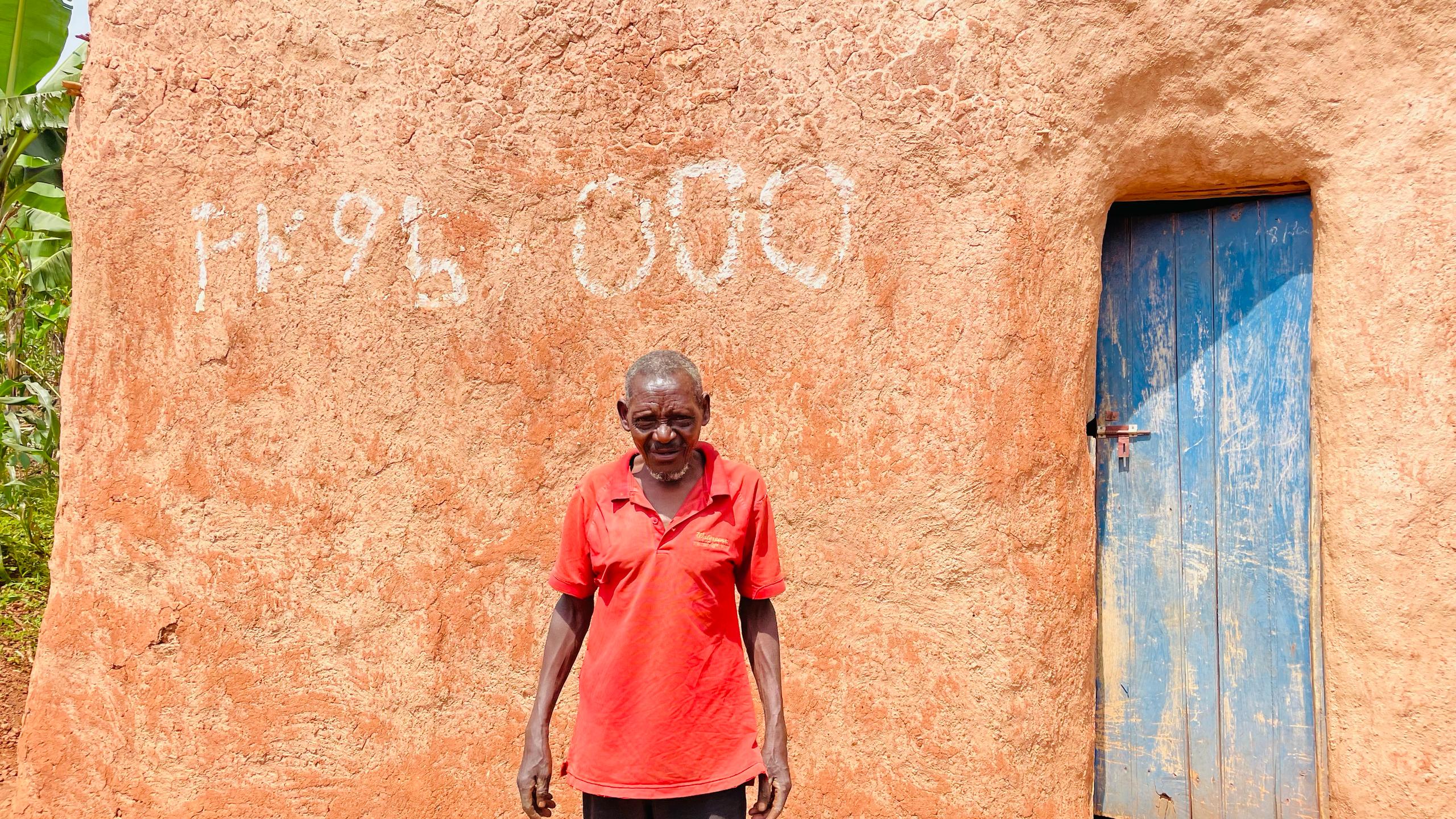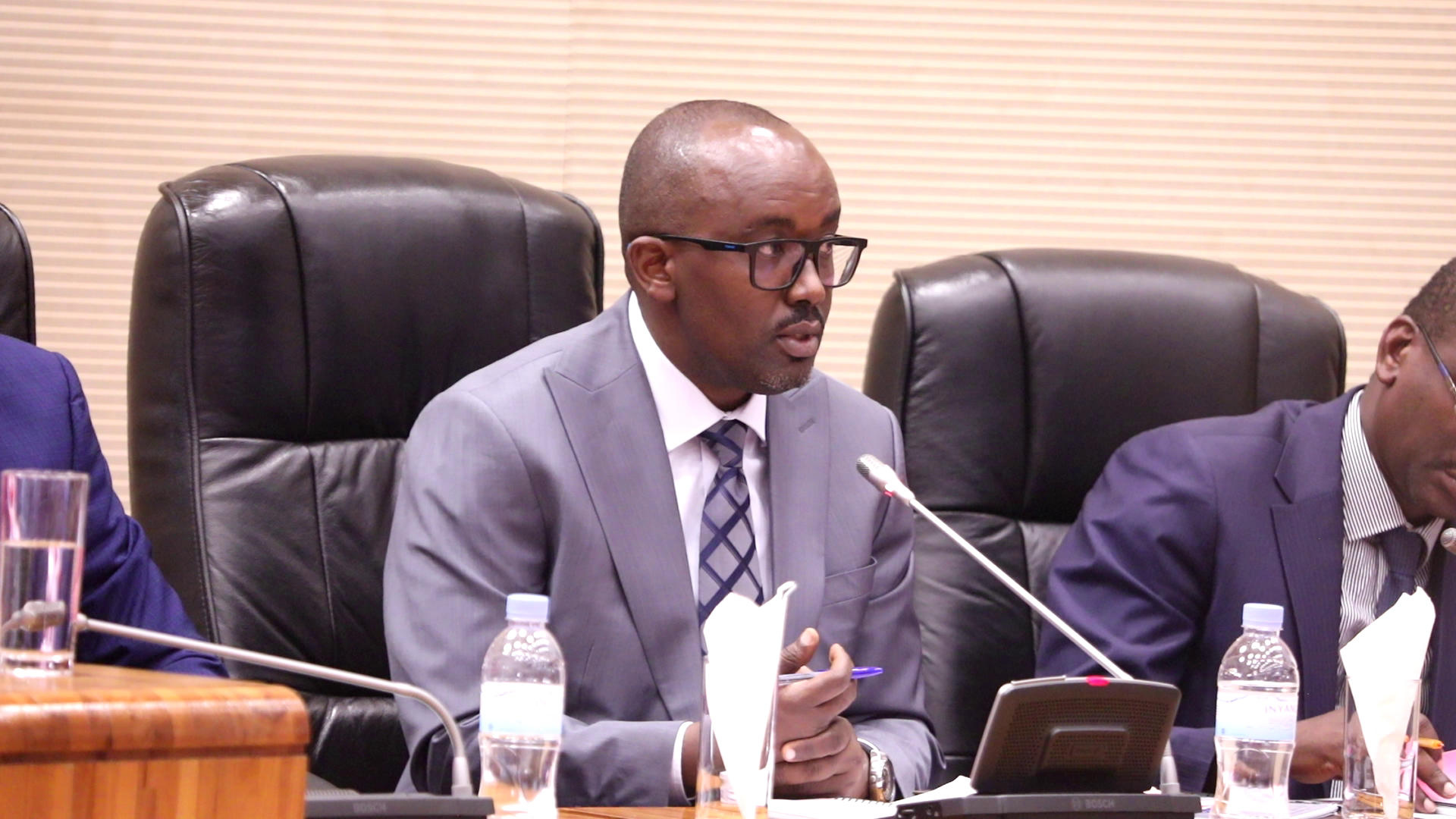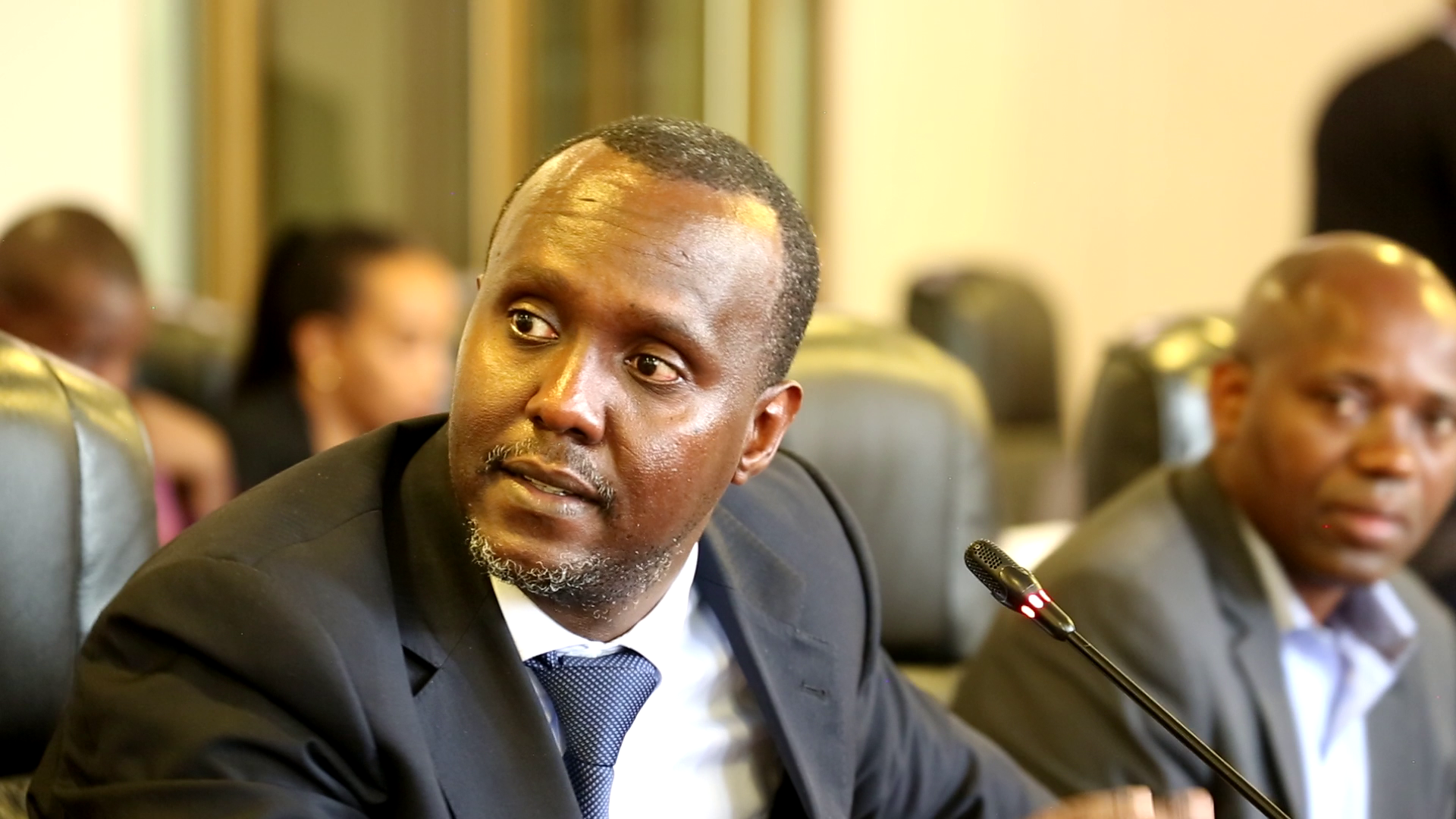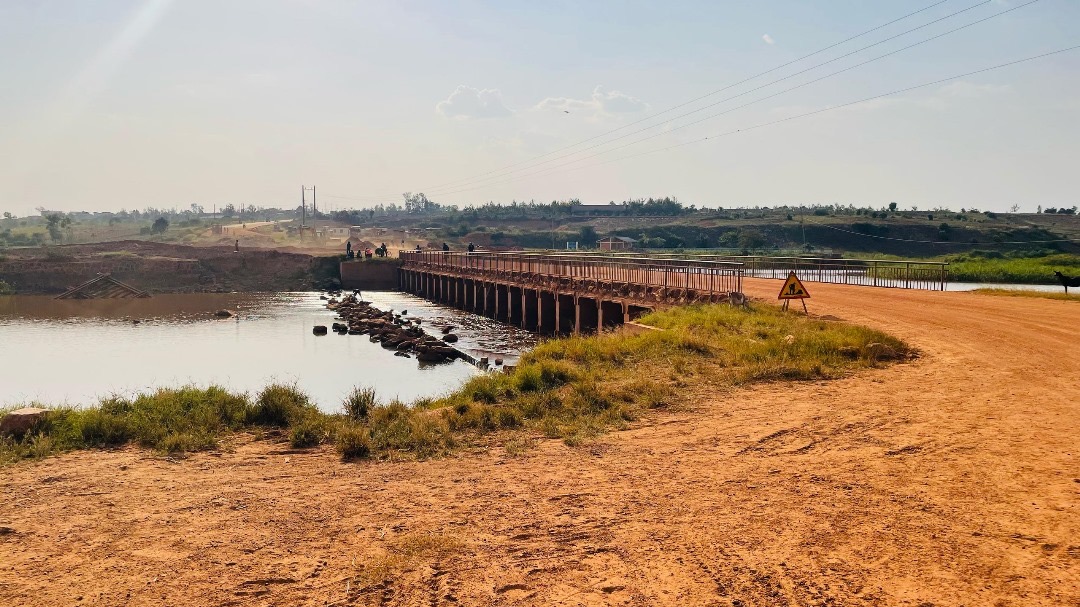FRUSTRATION GROWS AS RWANDA’S NGOMA-RAMIRO ROAD PROJECT DRAGS ON

Théodette Bajeneza, a mother of two and long-time resident of Bugesera District in eastern Rwanda, recalled her excitement in 2021 when work began on upgrading the 53-kilometre Ngoma-Ramiro road.
She and other residents looked forward to long-awaited improvements in water and electricity services promised by the road repaving and widening project that was meant to take two years to complete.
Four years later, they are still waiting, and Bajeneza’sexcitement has turned into frustration.
“This road has taken too long to complete,” said Bajeneza in complaining about the lack of information on what has caused the delay. “The major issue that remains is the lack of street lighting. It becomes a serious concern for people like us who need to go to the health center in the evening.”
The road is part of a larger project to link Burundi and the Democratic Republic of Congo through Rwanda’s eastern and southern provinces, bypassing daily congestion around the capital Kigali.
While a section of the road has already been paved and electricity poles installed, the area is dark and dangerous at nightbecause power has not been turned on, said Bajeneza.
“Thieves still take advantage of the darkness along this road, just as they used to,” said Bajeneza, “we don’t understand why the road has no street lights.”

When the project was launched, costs of rehabilitating the stretch of road were projected at Rwf 57 billion (US $68 million), according to details of a loan agreement signed between Rwanda and Japan in March 2018.
A Ngoma district official, who asked not to be named because he was not authorized to speak to the press, put the cost at Rwf65 billion, higher than the original cost estimate from 2018.
SITTING ON THE EDGE
In Sake sector of Ngoma District, construction of the road cost Augustin Mutabazi, 77, his home. Excavators cut through theproperty, leaving the house sitting precariously above the new road.
Mutabazi said he feared the house might collapse or get washed away in the next storm. He has no choice but to move his family.
“I wish to be paid the money before the landslide washes the house away,” he said.
Mutabazi is claiming an estimated Rwf 600,000 (US $420) in compensation and arrears from the government, money he needs before he can buy another home.
“They came and did property valuation and asked me to sign, which I did,” he said. “The following morning, they returned and did property valuation for the internet broadband canal, and I signed. In either case, I was not paid a single penny,” he said.
According to Rwandan law, compensation should be paid within 120 days after the property has been valued.


Mapambano Nyiridandi, deputy mayor for economic affairs in Ngoma District, denied that the district was responsible for the delays.
“Residents who submit all the required documents are compensated without delay. Many people were compensated, while others delayed in completing the required documents, but we pay them as soon as they comply,” he said.
New cases often arise during construction, creating additional compensation demands, he said.
“We also consider new cases that emerge, for example, the vibration of a machinery can affect a nearby house in the process of road construction,” he explained, adding, “That becomes a fresh case that we consider.”
CONCERNS OVER RISING COSTS
The Auditor General of State Finances, Alexis Kamuhire, acknowledged there were delays in the road project during his presentation of a 2022/2023 audit to Parliament in April 2024.
Kamuhire said while the road was initially expected to be completed by November 2023, only 33 % of the work had been done by the time of the audit in September 2023.

Juvenal Nkusi, a seasoned lawmaker, expressed concerns over rising costs of the project.
“At the time, the allocated funds were considered sufficient, but I saw in a report that they are now claiming the funds are not enough. What happened for it to take this long?” he askedKamuhire.
Kamuhire said the delays were caused by issues related to expropriation of land, which had been carried out in phases.
“When we followed up, we were informed that the funds provided by the Japanese government did not include money for expropriation,” he explained. “The process of expropriating land where the construction is supposed to happen has likely contributed to the delays,” he said.
He added: “However, the contractors themselves do not seem to be working as quickly as they should.”
On April 30, 2024, Imena Munyampenda, director general of the Rwanda Transport Development Authority (RTDA), which is charged with implementing the project, acknowledgeddifficulties associated with the Ngoma–Ramiro project.
“It’s a swamp that stretches from Bugesera to Ngoma,” he told parliament’s Public Accounts Committee (PAC) on April 30, 2024. “When constructing in a swamp, we cannot immediately lay asphalt because the road would crack. Instead, we first build several layers and allow them to settle for at least six months before applying the asphalt and the final tarmac layer,” Imena explained.

He said the road would be completed by the end of October 2024. “If all goes well, we might reach at least 90 % completion by then,” he said.
Jimmy Nsengimana, communication specialist for RTDA,declined to explain the delays. “We cannot share further information as of now, as some aspects are still being finalized,” he said, adding that updates would be shared in the coming days.As of March 2025, RTDA reported the Ngoma–Ramiro road was57 percent complete.

The project received support from the Thomson Reuters Foundation as part of its global work aimed at strengthening free, fair and informed societies. Any financial assistance or support provided to the journalist has no editorial influence. The content of this article belongs solely to the author and is not endorsed by or associated with the Thomson Reuters Foundation, Thomson Reuters, Reuters, nor any other affiliates.
Story by Nadine Umuhoza

